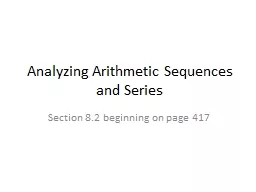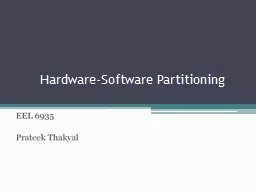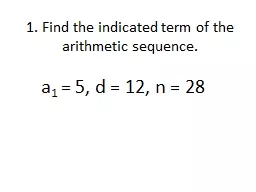PPT-Accuracy-Configurable Adder for Approximate Arithmetic Desi
Author : olivia-moreira | Published Date : 2017-12-04
Andrew B Kahng Seokhyeong Kang VLSI CAD LABORATORY UC San Diego 49 th Design Automation Conference June 6 th 2012 Outline Background and Motivation Accuracy
Presentation Embed Code
Download Presentation
Download Presentation The PPT/PDF document "Accuracy-Configurable Adder for Approxim..." is the property of its rightful owner. Permission is granted to download and print the materials on this website for personal, non-commercial use only, and to display it on your personal computer provided you do not modify the materials and that you retain all copyright notices contained in the materials. By downloading content from our website, you accept the terms of this agreement.
Accuracy-Configurable Adder for Approximate Arithmetic Desi: Transcript
Download Rules Of Document
"Accuracy-Configurable Adder for Approximate Arithmetic Desi"The content belongs to its owner. You may download and print it for personal use, without modification, and keep all copyright notices. By downloading, you agree to these terms.
Related Documents














